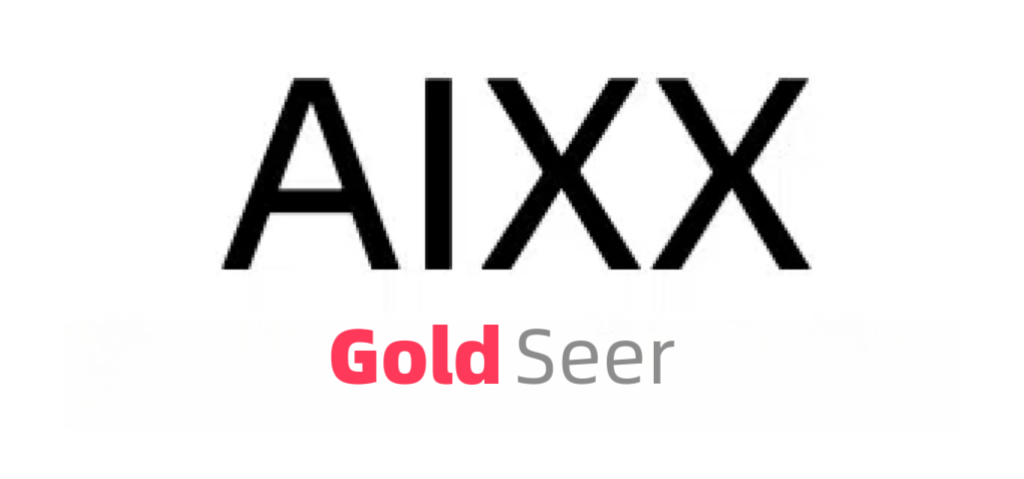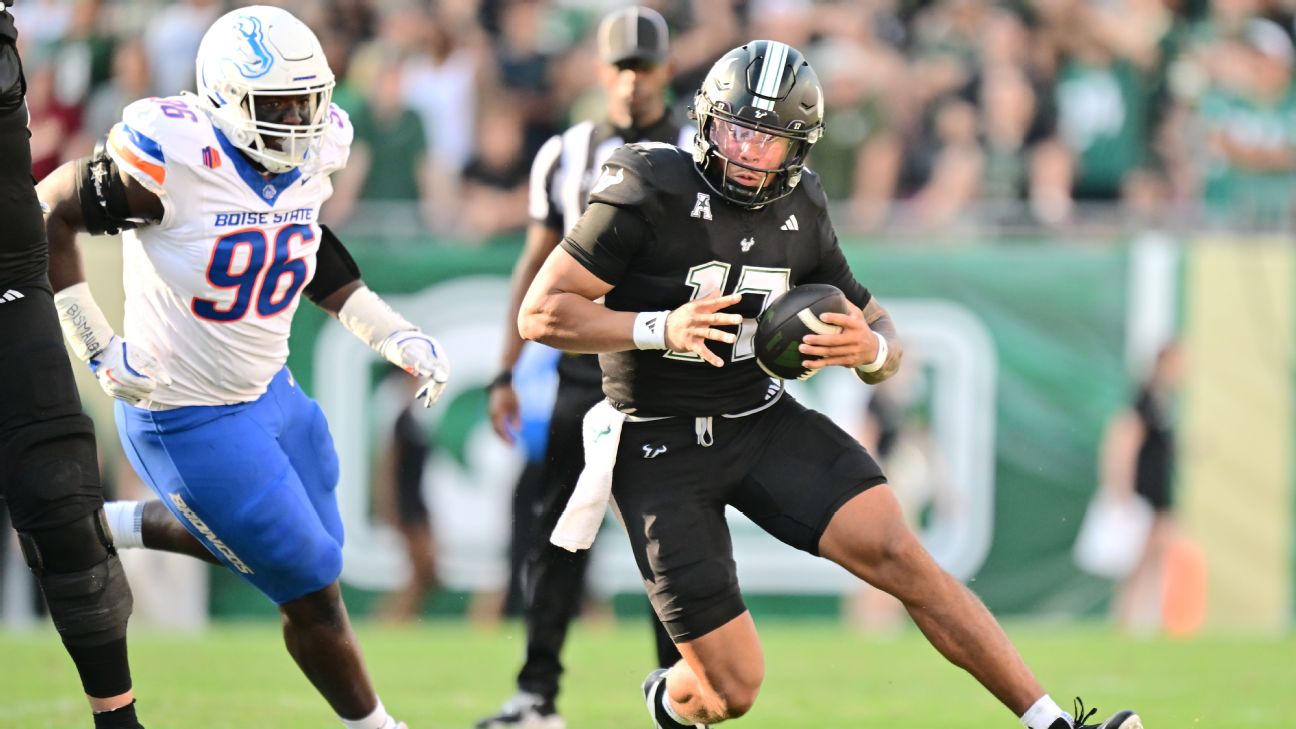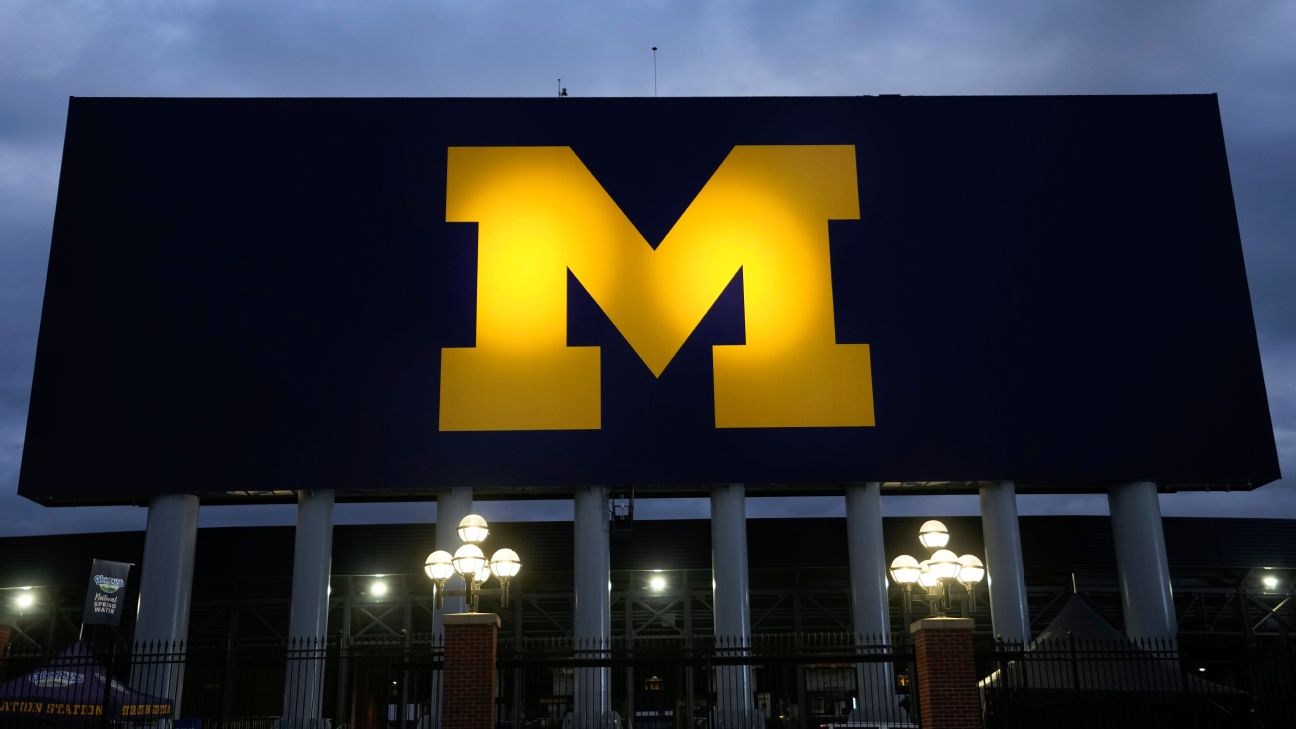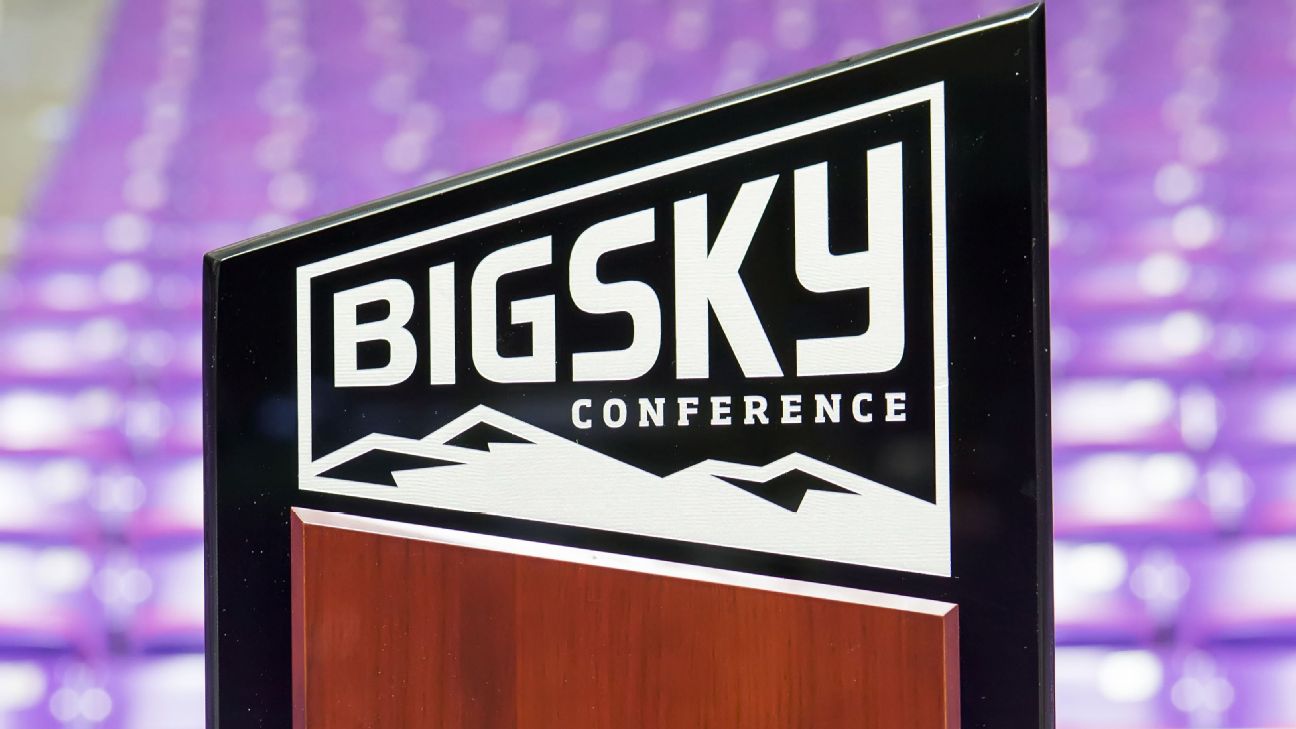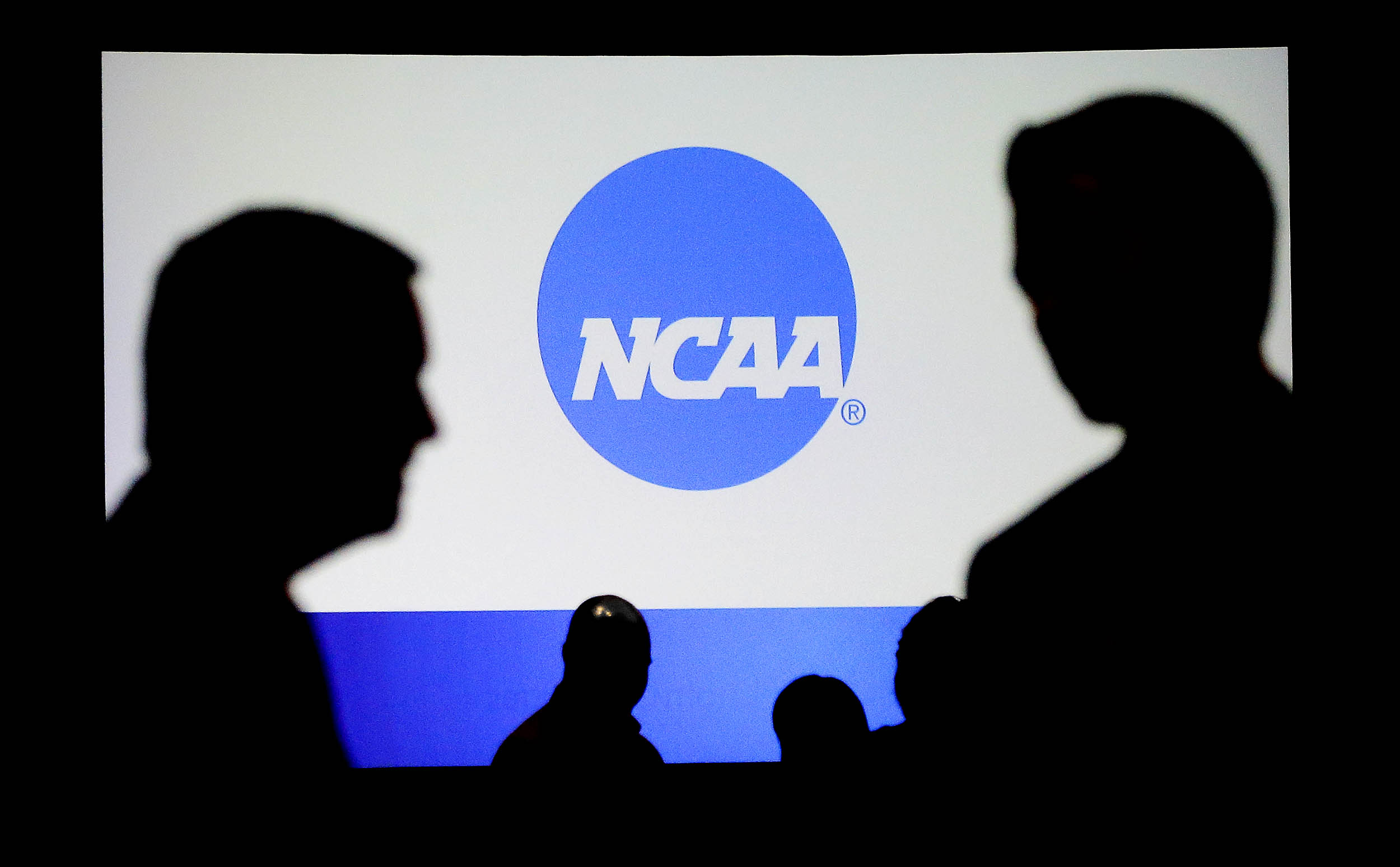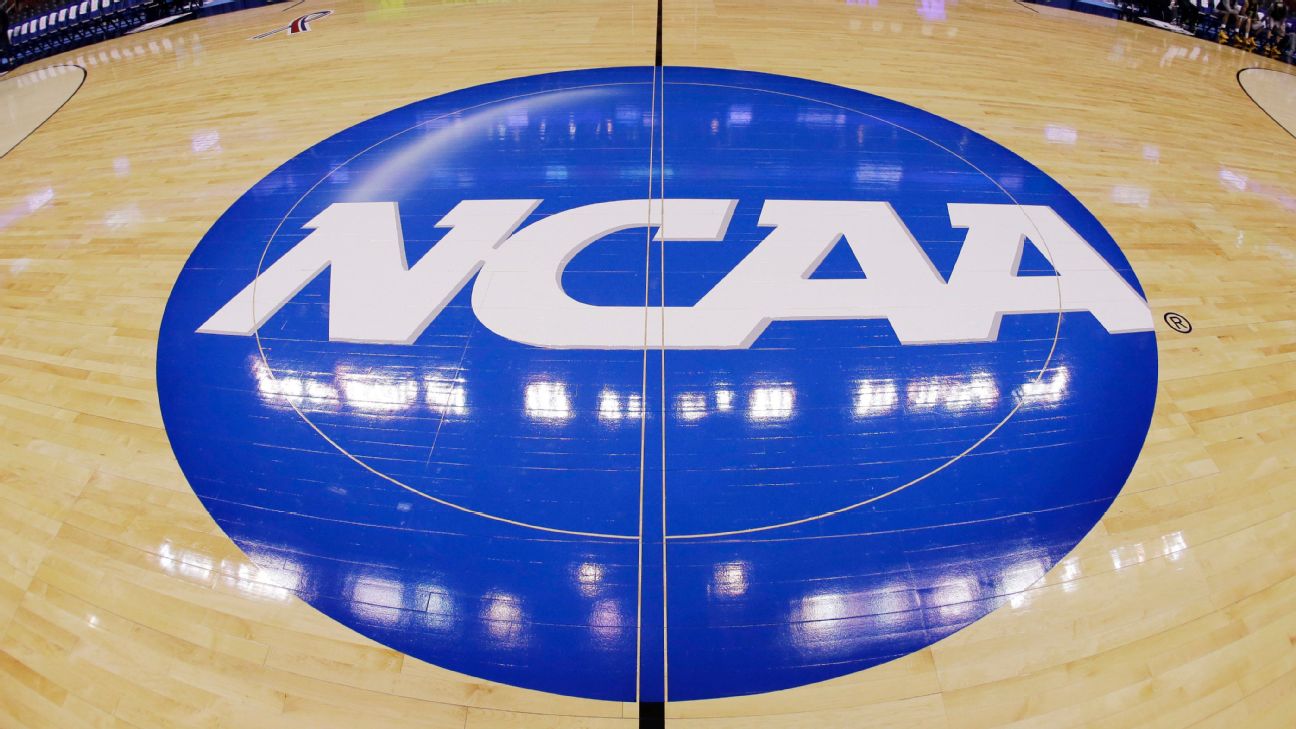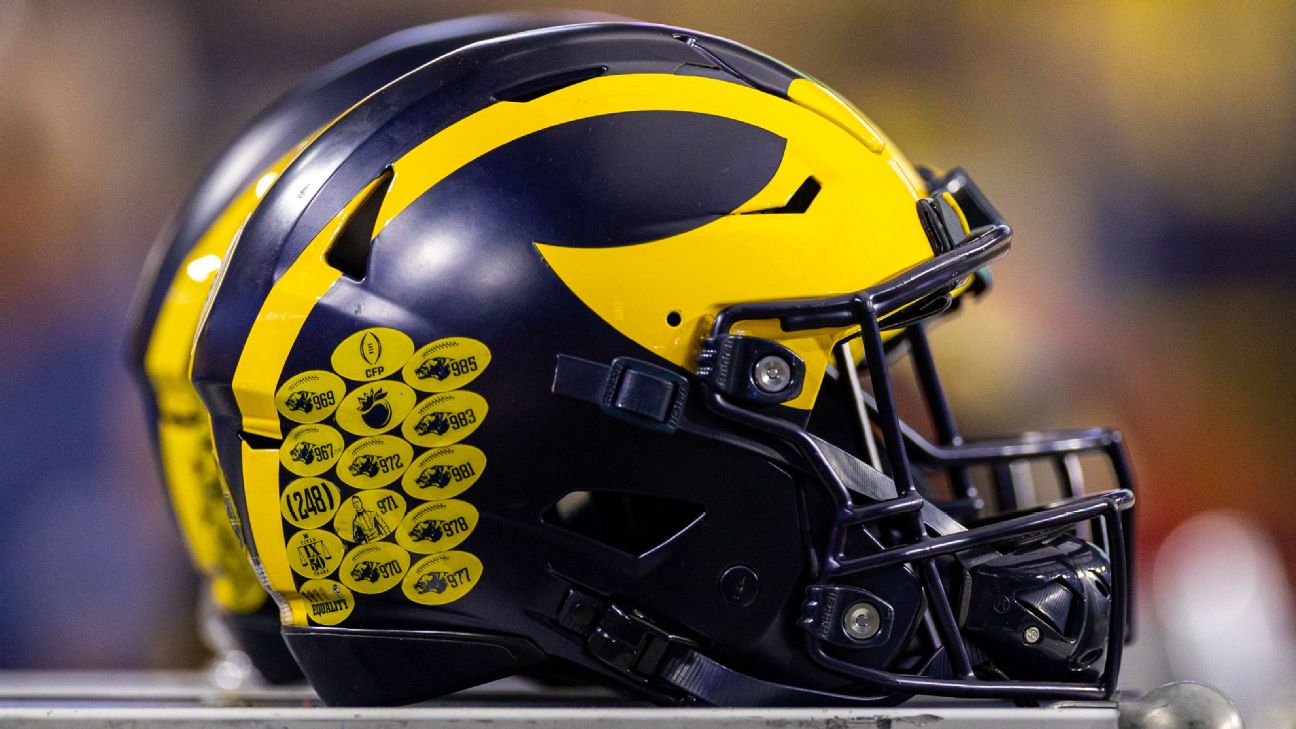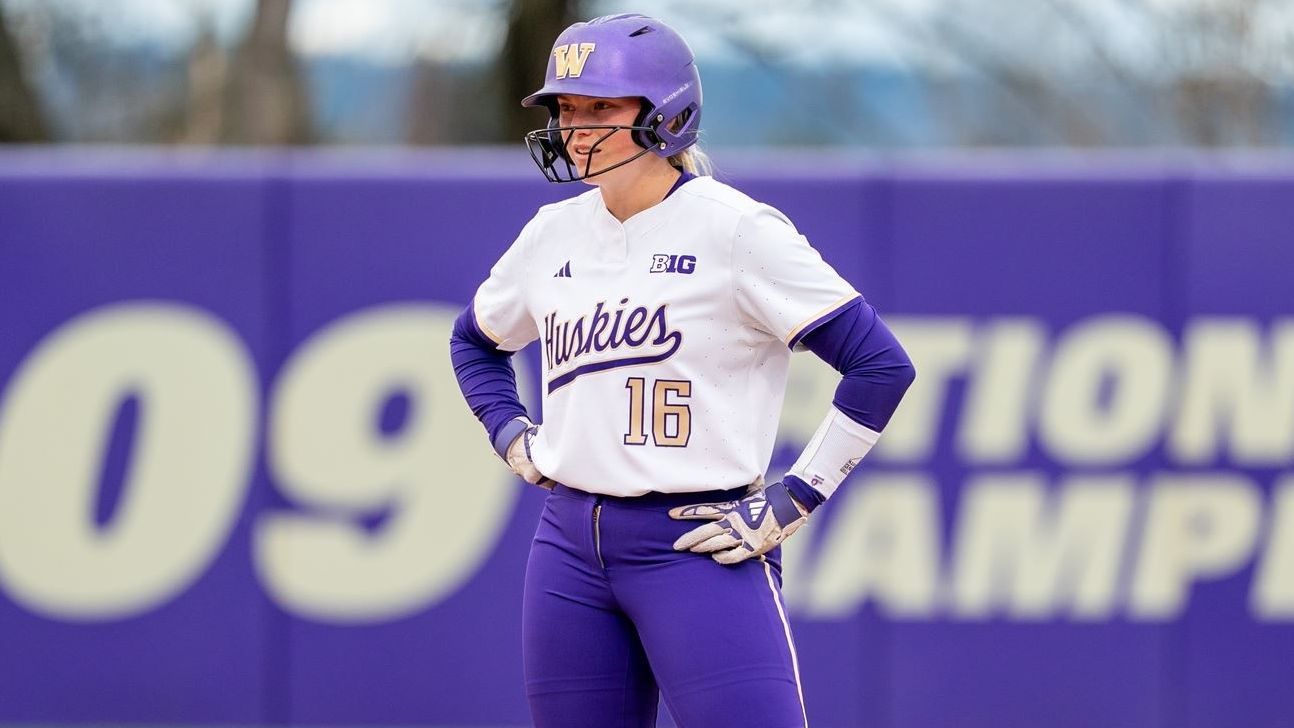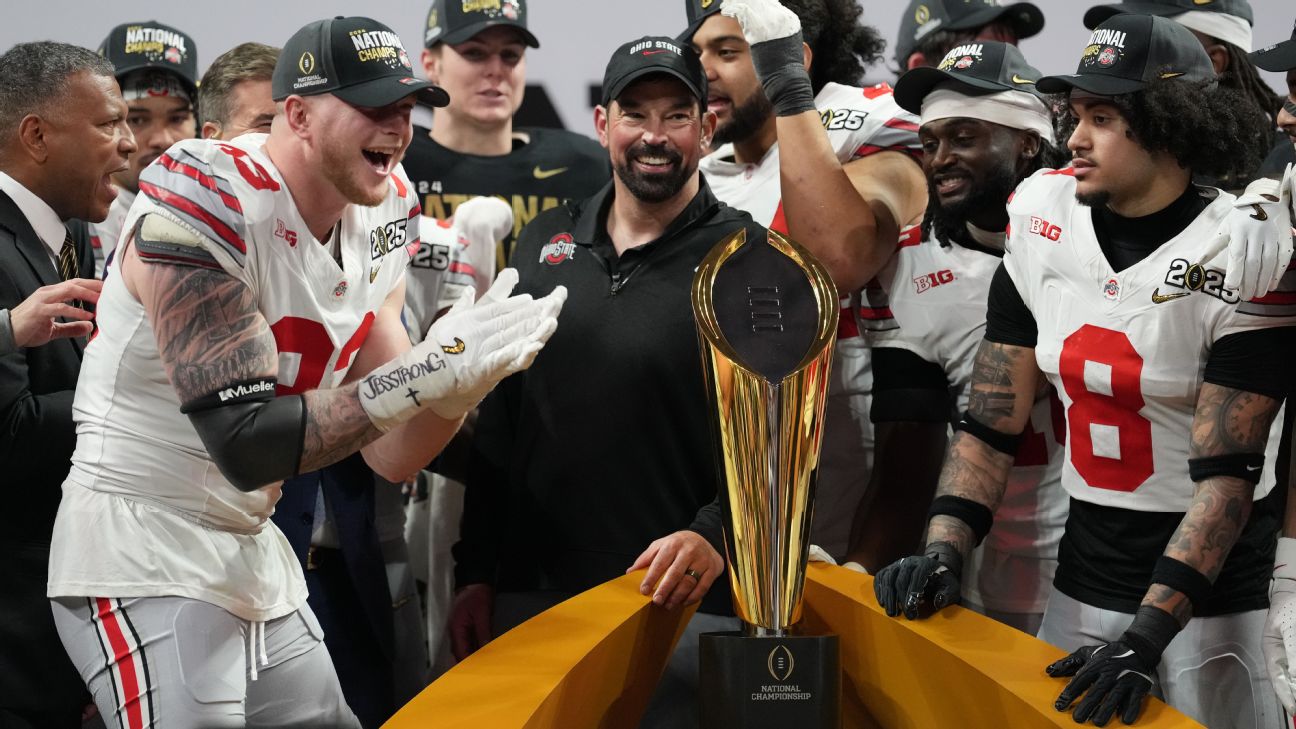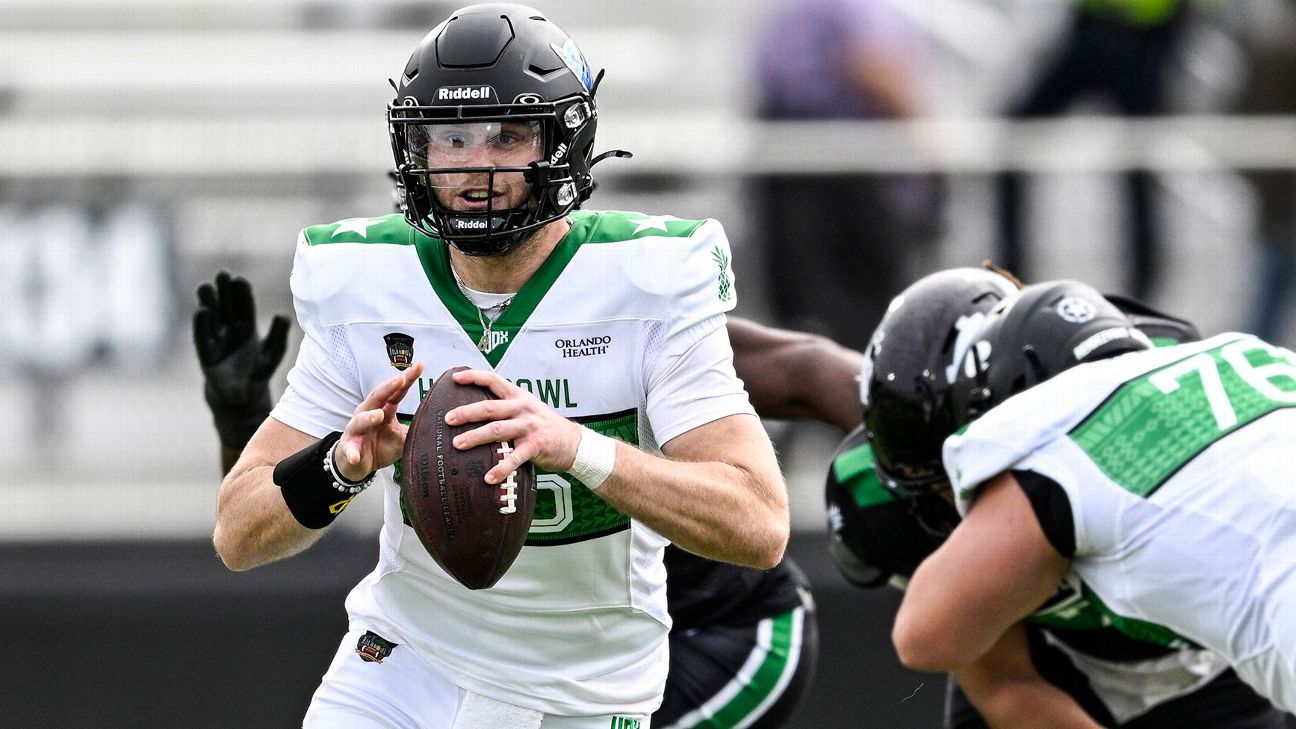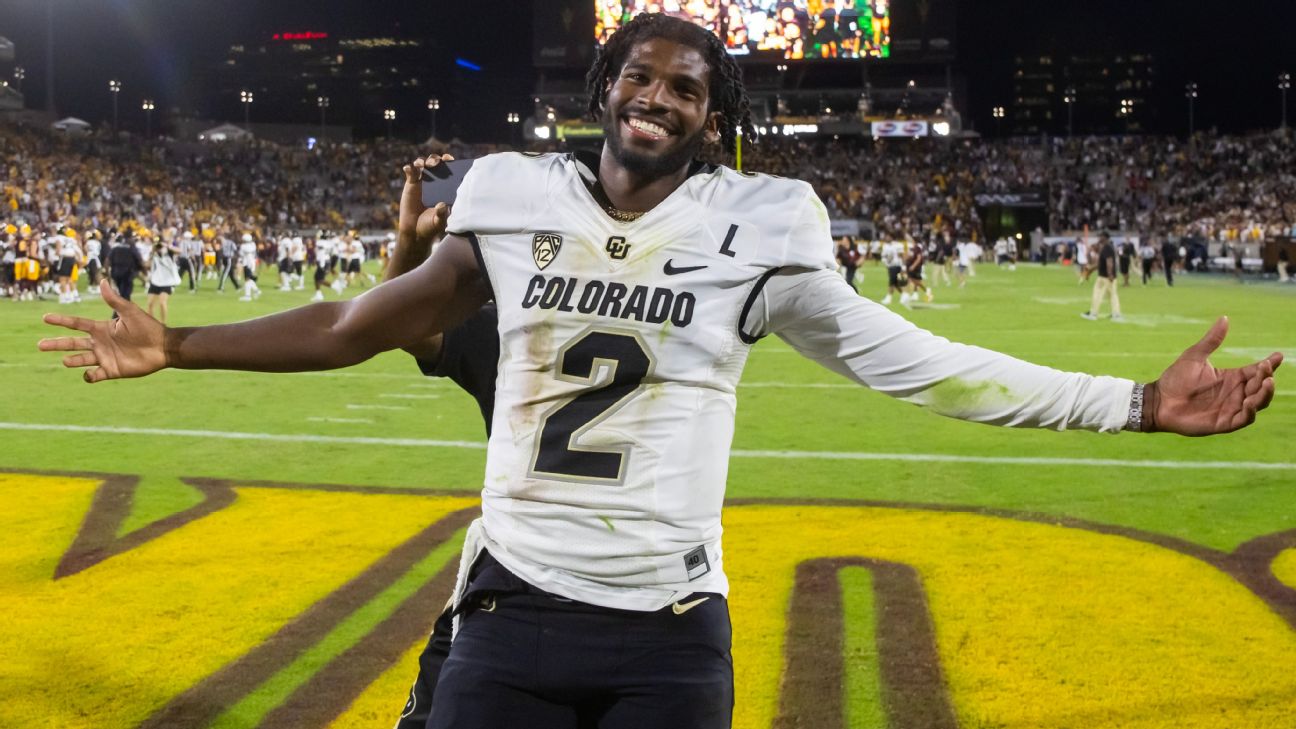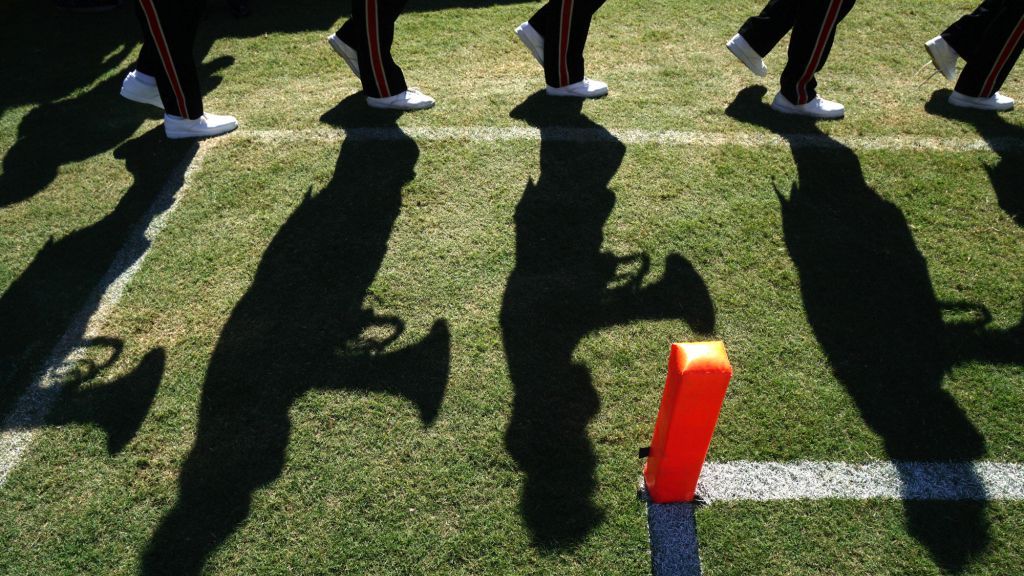NCAA Athlete Compensation: The New Era of College Sports Payments
Explore the groundbreaking changes in NCAA athlete compensation as schools prepare to directly pay athletes, marking a new era in college sports.

The Dawn of Direct Payments to NCAA Athletes
In a historic move, NCAA schools will begin directly compensating their athletes starting next month. This follows a federal court's approval of a legal settlement on Friday, which Judge Claudia Wilken described as "ground-breaking changes in NCAA rules that govern student-athlete compensation."
New Financial Limits and Distribution
Starting July 1, each school is permitted to allocate approximately $20.5 million annually to their athletes. This cap is derived from a formula that limits payments to 22% of the average annual revenue generated by FBS-level schools from ticket sales, broadcast rights, and other sources. The cap is expected to increase over the next decade, potentially exceeding $30 million annually by the settlement's expiration.
Schools have the discretion to distribute these funds among their athletes, with many major programs indicating a preference to allocate the majority (up to 90%) to football and men's basketball players. Additionally, athletes can still earn from name, image, and likeness (NIL) deals, though new regulations aim to prevent these from being used as covert salary payments.
Emerging Legal and Administrative Challenges
Despite the settlement, the NCAA faces ongoing legal battles. The new compensation agreements may reinforce arguments that college athletes should be classified as employees, potentially leading to further lawsuits. Moreover, the establishment of the College Sports Commission introduces a new layer of oversight aimed at regulating NIL deals and ensuring compliance with Title IX.
The Road Ahead for NCAA and Athletes
NCAA President Charlie Baker emphasized the need for congressional intervention to solidify the settlement's framework and address unresolved legal issues. Meanwhile, athletes and advocates are pushing for collective bargaining rights, aiming to establish players' associations that could evolve into unions, thereby enhancing athletes' influence in shaping future NCAA policies.
As the college sports landscape undergoes this significant transformation, all eyes will be on how these changes impact the competitive balance, athlete welfare, and the broader collegiate athletic ecosystem.
